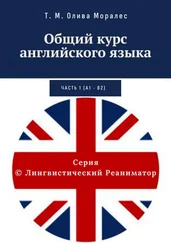Work in two groups, one playing the university lecturers, the other presenting
students. Both groups are discussing one and the same exam. Compare their
versions and make your conclusion as to the difference in approach:
Exam: English Literature.
Results: Dave Robertson — Sat
Charles Hope — Poor
Duncan Holmes — Good
Dorothy Baird — Very Good
Jenny Richards — Good
XVI. Compose a short story to which the pictures on pp. 187-189 might serve
as an illustration. Use prompt words and phrases listed betow:
physicist; theory of relativity; treading on air; full of sweet reminiscences;
cast a glance; a sudden shock; come to realize; a guilty conscience;
first traces of fatigue; tired-out;
with a wet towel round his head; in frustration; a dazed look; a tub of water; scattered all
over; peeping inside; puzzled;
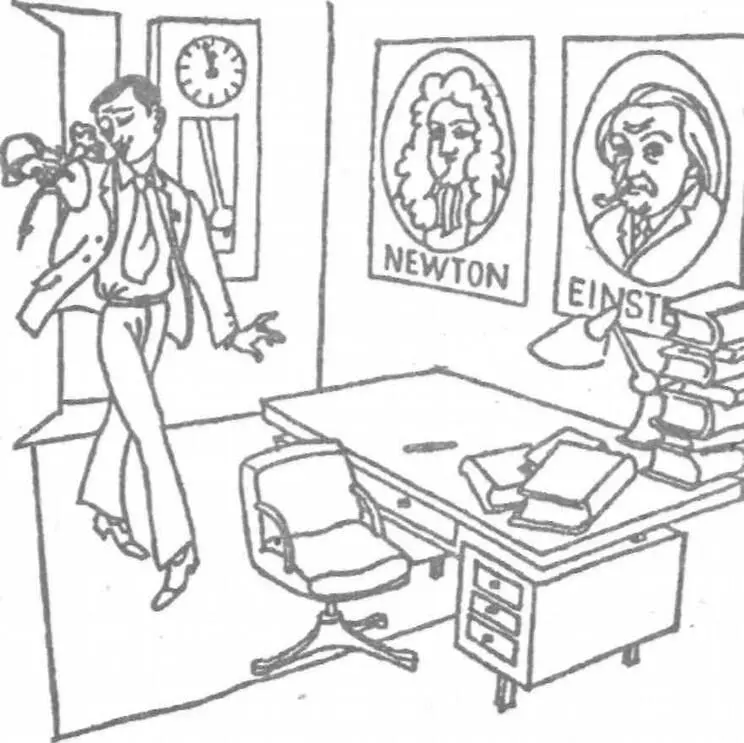


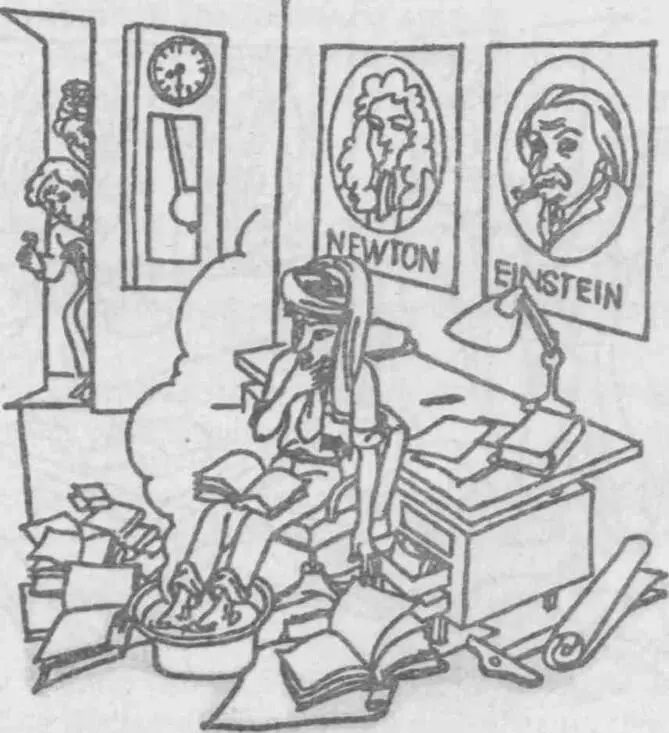
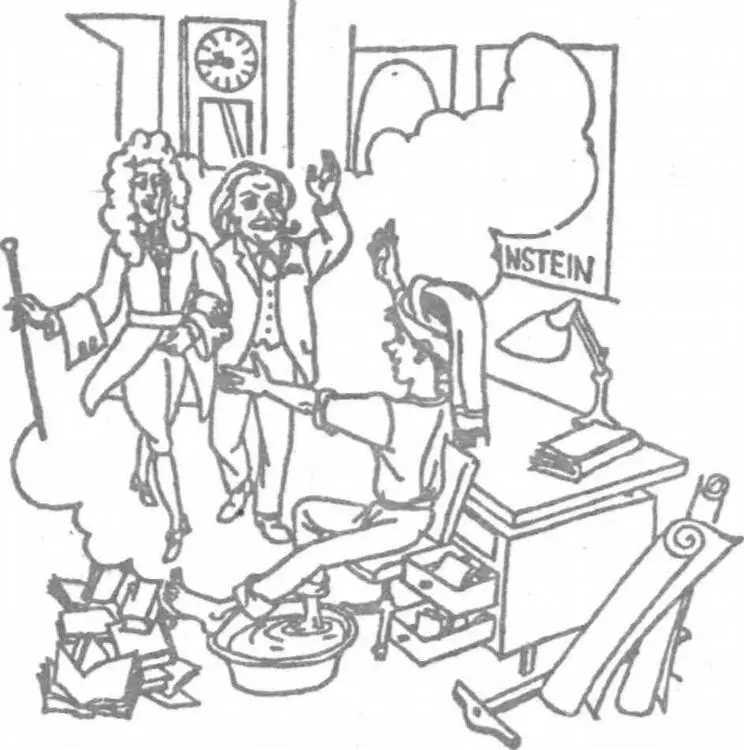
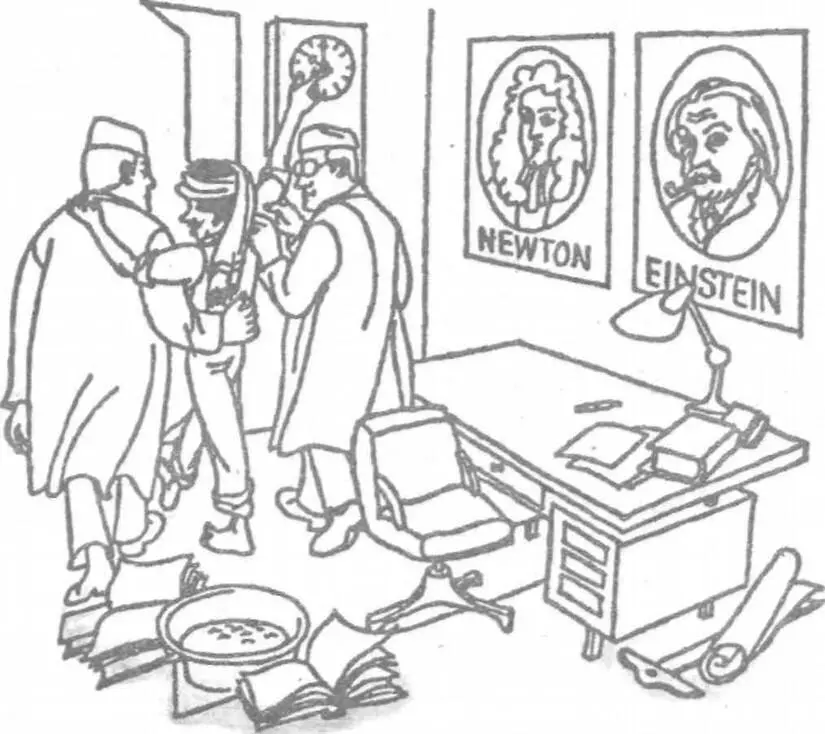
strange visions; welcome cheerfully; arm-in-arm; a cane;
in a frenzy of enthusiasm; leaning on; lunatic asylum.
XVII. Film "Mr. Brown's Holiday". Film segment 5 "Is it Good to be a Student?"
(Chrichester). a) Watch and listen, b) Do the exercises from the guide to the film.
STUDIES OF WRITTEN ENGLISH
V
A kind of writing technique that helps to achieve good results is summarizing the contents of
written works.
Summary is a representation of the contents of complete works in brief. It is expected to be
about a sixth or a tenth of the original in length. It is easier to make a summary of stories, novels and
plays which have a plot.
Plot is a systematic arrangement of events by means of which the writer builds up a
meaningful situation and shows the characters. Usually a plot consists of a good beginning, a middle,
and an end.
In order to make a good clear summary of a story you have to go through the following
stages:
1. Read the story carefully so as to understand its plot.
2. Make a list of all the points you find important. These notes should be very brief, very
much like the topic plan (see the sample in Unit Four).
3. Using the list of points, write a rough draft of the summary. You may paraphrase and
modify topic sentences. This will help you to reproduce the contents of the story in your own words.
4. After having written a rough draft shorten it and write a -fair copy of your summary.
Note:Take care not to change the meaning of the original or add to it. Your summary may
follow the outline of the story in brief.
Here is a sample summary of "A Day's Wait" (see Unit Two).
A boy of nine fell ill. He was running a high temperature (102°F). The doctor diagnosed the
illness as flu. He said there was nothing to worry about if the fever did not go above one hundred
and four degrees. The boy lay still in the bed. He seemed detached and was looking very strangely at
the foot of the bed. When the father took his temperature again the boy asked him about the time he
was going to die. He argued with his father about the temperature because when being at school in
France he learned from the boys that you can't live with the temperature of forty-four degrees. The
father reassured him explaining the difference between the Fahrenheit and Centigrade thermometers.
The boy relaxed after "a day's wait", though the next day he was still suffering from a nervous
breakdown.
Assignments:
1. Write a summary of the story "How We Kept Mother's Day". (See Unit Four.)
2. Try to make a summary of Judy's letters. (Don't forget to make a list of the most important
points before writing a rough draft.)
3. Write a summary of the dialogue between Ann and Steve. (See Text B.) Think of the best
topic sentences introducing or/and completing your summary.
LABORATORY EXERCISES (II)
1. Listen to Texts A and B, mark the stresses and tunes. Repeat them following the model
2. Listen to Text С Mark the stresses and tunes. Repeat it following the model.
3. Write a spelling-translation test. Check it with the key.
4. Write a dictation. Check your spelling with a dictionary.
5. Translate the sentences and check your translation with the key (written work).
6. listen to the text "Cambridge' or some other text on the topic "Education". Write tS
questions to the text Get ready to discuss it in class.
CURIOSITY QUIZ FOR EAGERS
I. Test your "I. Q."54 and compare it to Judy's "abyss of ignorance". Say what you
know about:
1. Maurice Maeterlinck.
2. Micheleangelo.
3. "David Copperfield" and the author of the book.
4. "Ivanhoe" and the author of the book.
5. "Jane Eyre" and the author of the book.
6. "Robinson Crusoe" and the author of the book.
7. "Alice in Wonderland".
8. Henry the Eighth.
9. Shelley.
10. George Eliot.
11. Mona Lisa.
12. Sherlock Holmes.
II. Give the names of humorists: a) you appreciate most of all; b) of British or American
origin; c) of world reputation.
UNIT SIX
I SPEECH PATTERNS
1.I needn't have hurried.
Cf. You needn't go there tomorrow. — You needn't have gone there yesterday.
I needn't tell him that; he knows it. — I needn't have told him that; he knew it already.
The teacher needn't explain such simple things; the pupils know them. — The teacher needn't
have explained such simple things; the pupils knew them.
You needn't ask this question. — You needn't have asked this question.
2.He'd been talking more than usual.
You've come later than usual.
Our homework today is longer than usual.
Yesterday this actress played better than usual.
Tomorrow I am to get up earlier than usual.
3.He looked at me with those kind blue eyes of his.
I knew too well that charming smile of hers.
You needn't repeat to me those lies of yours.
I really don't know what to do with this naughty child of mine.
I don't like that sharp voice of your friend's.
54 I.Q.Intelligence Quotient — a number indicating the level of a person's mental development obtained by multiplying his
mental age by 100, and dividing the result by his chronological age, the latter generally cot exceeding 16.
Who said that? Of course, that dear husband of Mary's.
EXERCISES
I. Paraphrase the following sentences, using Patten 1:
Читать дальше
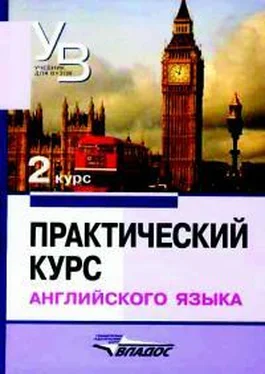






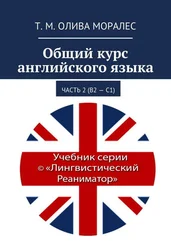

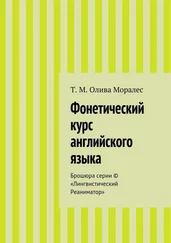
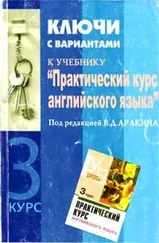
![Владимир Аракин - Практический курс английского языка 3 курс [calibre 2.43.0]](/books/402486/vladimir-arakin-prakticheskij-kurs-anglijskogo-yazyk-thumb.webp)





